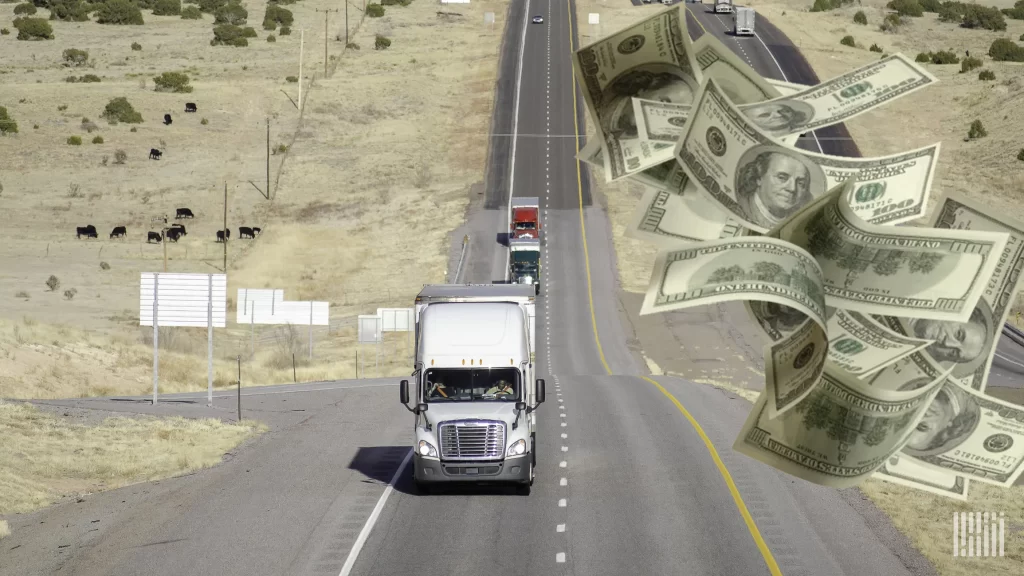April 7, 2022
Miscalculating your truck’s market value can have costly consequences

When purchasing physical damage coverage, remember that the price paid for the vehicle probably isn’t its current value
With the scarcity of new trucks and trailers nearly doubling auction prices for late-model used trucks, it might be best to make do with what you’ve got.
In February, the average sleeper tractor sold was 69 months old with 452,369 miles for $110,686. In fact, prices for every model year dating back to 2017 increased in February, as trucks 3 to 5 years old sold at prices averaging 6% more than the month prior.
“It’s very dramatic,” said Cindy Whitmer, marketing team leader at Reliance Partners. “I don’t see things changing anytime soon because of the supply and demand; inventories are low and the equipment just isn’t there.”
She warns those looking to keep their vehicles, especially older models, to beware of miscalculating market value when quoting or binding coverage. As insurance typically pays to repair or replace insured assets, Whitmer urges fleets and owner-operators to extensively research their equipment’s worth before signing on the dotted line.
“Don’t underinsure your equipment just to cut insurance costs,” Whitmer said. “You’ve got other options available, but you’ll have to talk with your insurance professional to figure out what those options are.”
Whitmer recalled a recent conversation with an adjuster who told her of an unfortunate scenario involving a 1998 Freightliner. The driver was involved in an accident that totaled the 24-year-old truck that he bought three years ago for $15,000. Unbeknownst to him, insuring the truck for what he paid for it proved to be a grave decision. If he had only researched its market value before signing, he would have seen that the truck’s value had doubled over $30,000 and it had over 2 million miles on it.
This didn’t surprise Whitmer, who said drivers and motor carriers often don’t realize this until after a collision — far too late to make policy adjustments.
“That can be a rude awakening, especially for some of these smaller carriers,” Whitmer said. “Something like that can put them out of business when they have a total loss with an underinsured value.” However, she elaborated that larger carriers make similar mistakes too.
“You need to read the exclusions and terms of your policy because those underlying exclusions may contain co-insurance penalties,” Whitmer said, adding that in the case of a total loss, not only won’t you recover your full investment, you might also incur penalties for improperly insuring your equipment.
Reliance Partners’ physical damage coverage offers collision and comprehensive, with collision providing physical damage insurance in the event of a collision while comprehensive offers coverage to repair a vehicle in non-collision incidents, including fire, theft and combined additional coverages, such as vandalism, hailstorm, windstorm, etc.
“We can help decipher the endorsements and terms and conditions on your policy, making sure you’re insured properly,” Whitmer said. “Reliance can write policies with downtime coverage; we can include towing, rental reimbursement and pretty much offer any kind of buyback that would supplement a regular comp and collision policy.
“As insurance agents, we don’t tell customers how much to insure their equipment for; we rely on them to know the market value of their equipment and what it would cost to replace it,” Whitmer added.
But estimating your equipment’s value isn’t as hard as it sounds. Whitmer directs her clients to truckpaper.com, an online marketplace for new and used trucks, trailers and other related equipment, to roughly gauge your truck or trailer’s market value.